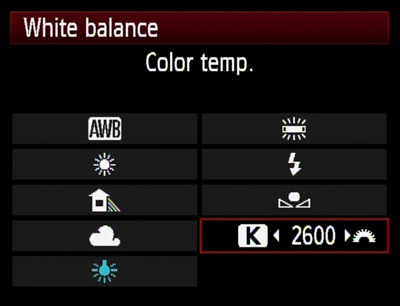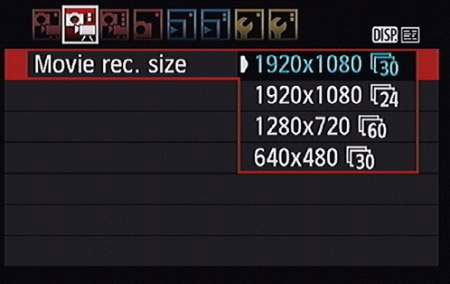IN THE SPACE BETWEEN AGES is a short documentary about the life and the work of a sculptor, Dony Mac Manus. I think the filmmakers capture the nature of the artist and his work brilliantly. The use of music, visuals and colors created a work of art.
Advanced Multimedia Reporting 2019
A Blogs@Baruch site
IN THE SPACE BETWEEN AGES is a short documentary about the life and the work of a sculptor, Dony Mac Manus. I think the filmmakers capture the nature of the artist and his work brilliantly. The use of music, visuals and colors created a work of art.
In this beautifully made documentary, we follow Dulce’s journey to learn how to swim. However, as the story unfolds, another important subject is presented: climate change and its effect on rising sea levels. What I enjoyed about the video is that the plot of the story is a mystery and it grabbed my attention to understand what the story is really about. Why is Dulce’s mom insisting on teaching the girl how to swim? Why is it so important? What is the mom collecting from the sea? Why? All of these questions are answered as the documentary goes along. Moreover, the colors and sounds are well put together giving us the sense of serenity and precaution at the same time.
This short film highlights the reasons why I am in this class. It tells a story while displaying gorgeous visuals. Most importantly, its honest (or at least I feel it is). The music isn’t overpowering the subject and it’s not exploitative or arrogant in its storytelling. I also love how by letting it be, the desert itself is a character just as important as the people featured.
https://video.nationalgeographic.com/video/short-film-showcase/00000164-3d75-dc83-aff7-bdff554b0000
I like this videos because of the lighting, and how they used the effects. It wasn’t too much. I also like the how the took a lot of the video, in POV style. The music in the video also really compliments it. Without looking at the video I would guess the visual would be something fun, which it is
I love the colors in this video as well as how it starts at sunrise and ends at nighttime, like spending a full day in Dubai.
This story was very inspiring for me because it gave me hope that maybe one day other problems or forms of pollution that is hindering our planet’s health may be fixed by incredibly smart and innovative thinkers like Marino.
Upcoming Dates
Assignment: Pitch for video #1, a visual poem, due on Monday Feb. 11, when we will workshop all your ideas as a class. Post it here on the class blog. The pitch should include what you plan to shoot, how you’re going to get access (if relevant), and how you plan to structure and edit it. What can we expect the visuals to look like? What sounds and music can we expect to hear? Do you have the rights to the music? What is the visual poem trying to do, exactly? Do you want it to tell a story? Convey a feeling?
Next week in class, we will practice using the cameras and shooting and editing a short video.
Discussion
We’ll screen the videos you posted for your homework assignments and talk about them together: What you found inspiring about them, what worked or what didn’t, what we can surmise about the filmmaker’s process.
And a couple of refreshers before we get our hands on the cameras next week: Composition 101, DSLR camera settings, and how we apply these settings to video.
SETTINGS
White Balance
You can always use auto white balance on the fly or if you’re uncertain as to the light temperature. The problem with AWB though is that it can change when light changes, even a little bit. So if you’re shooting a person talking and they lean forward, the colors in your shot could potentially take on a different tint.


EXPOSURE
When you are controlling for exposure, that means you’re telling the camera how much light to let in.
When using a DSLR, there are THREE WAYS to tell the camera how much light to let in
SHUTTER SPEED

ISO
ISO tells your camera sensor how much light to let in.
APERTURE (F-STOP)
The relationship between the ISO and the f-stop is what you’re always negotiating when deciding what to shoot.
The LCD screens on our cameras skew a little dark, so it is easy to OVEREXPOSE (let too much light in so your shot is blown out—similar to blowing out your audio because your mic levels are up to high, or “too hot.)
What overexposure looks like.
Announcements
If you’re interested, please come out to the first Dollars and Sense meeting of the semester next Thursday at 1pm.
Consider joining the Baruch Journalism Students and Alumni Facebook group for job and internship postings and networking with alumni.
I found My Deadly Beautiful City as a very powerful example of video storytelling. The camera shots and pans across the vast Norwegian landscape show just how beautiful the town is, and give you a sense of the scale, despite how polluted and dangerous the town is. It is a really good contrast to what the story really is.
On a rare occasion, I watch TV it is usually crime videos, Blue Bloods, Chicago PD, CSI, Monk, Sherlock. I enjoy investigative videos that make connections. For an example of a news story, this one about cps being potentially dirty I enjoyed a lot. Especially because of the voice over, and straight video.
I really liked how the music and the time of the day matched the mood at different points in the film, I felt like that set the tone for each sequence. I also liked the way the film contrasted the different generations ways of healing as traditional versus modern.